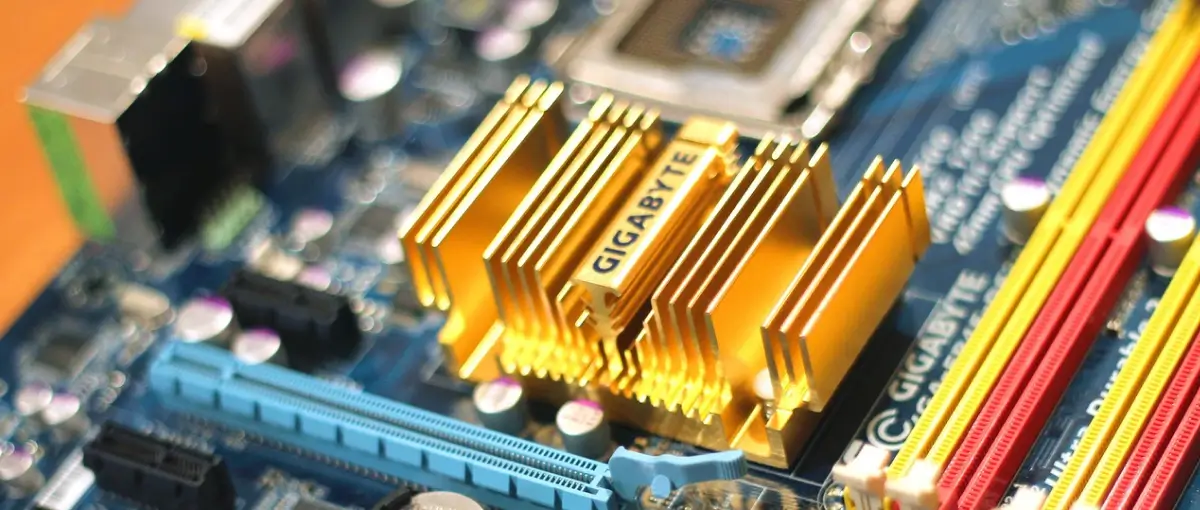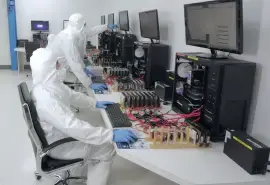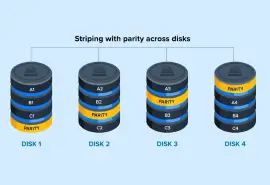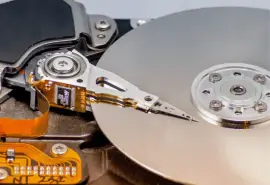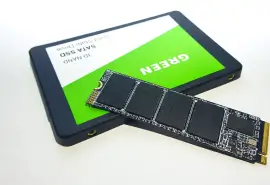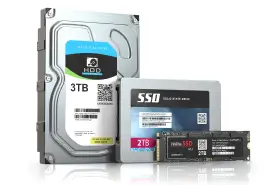Can drives in a RAID 0 array later be converted to RAID 5? Some people have manually copied things in this drive as a form of getting some type of backup, but having a complete backup of RAID 0 can be tricky. For some people, RAID 5 sounds appealing because you can have 6TB instead of having just four for your backup.
RAID 5 Explained
RAID 5 distributes the strip blocks and parity data over the different drives found in the array. With the controller from a RAID 5, you do not have much utility. This means that you will not be able to get useful data from it if you move it from another PC. Also, you won’t have much utility in the event of a drive failure.
Can You Convert RAID 0 to RAID 5?
The short answer is that you cannot convert RAID 0 to RAID 5 without losing data. If you wanted to convert from a RAID 0 array to a RAID 5 array, you would have to break your RAID and rebuild the drives into RAID 5. Sometimes people want to switch from RAID 0 to RAID 5 because their SSD died, and they want to set up RAID 5 to prevent it from happening in the future. The biggest problem is that they do not want to wait three weeks, and they were hoping to convert it all from a RAID 0. You do have some enterprise class RAID controllers that can change your RAID level of array, but most controllers on board will not have that ability. You would most likely have to wait for the SSD or resign to setting up the OS twice.
Using Imaging to Convert RAID 0 to RAID 5
There is one way that you could possibly convert a RAID 0 to a RAID 5. This is through imaging. For the hardware, the RAID should have the entire array as the single logical disk. Then, if you make a file-based image of the logical disk, which is not block based, you might have the ability to restore your system even with a different type of RAID setup. If the image can work from a non-RAID system to a RAID class hard drive, the same should work from one RAID system to the next.
You should avoid doing RAID with SSDs because the more you write to the SSD, the faster that it will start to wear out and your data could be lost. With a RAID classification hard drive, it could even lower the life of your SSD because it would have to write all the blocks on the drive. RAID 5 writes across all drives equally, which means that all the drives will wear out at the same pace. That increases your chances of multiple hard drive failures, and it makes the redundancy that you can find in RAID irrelevant.
If you’ve lost data due to RAID, or have questions about data transfer and recovery, complete Secure Data Recovery’s online help form today.

